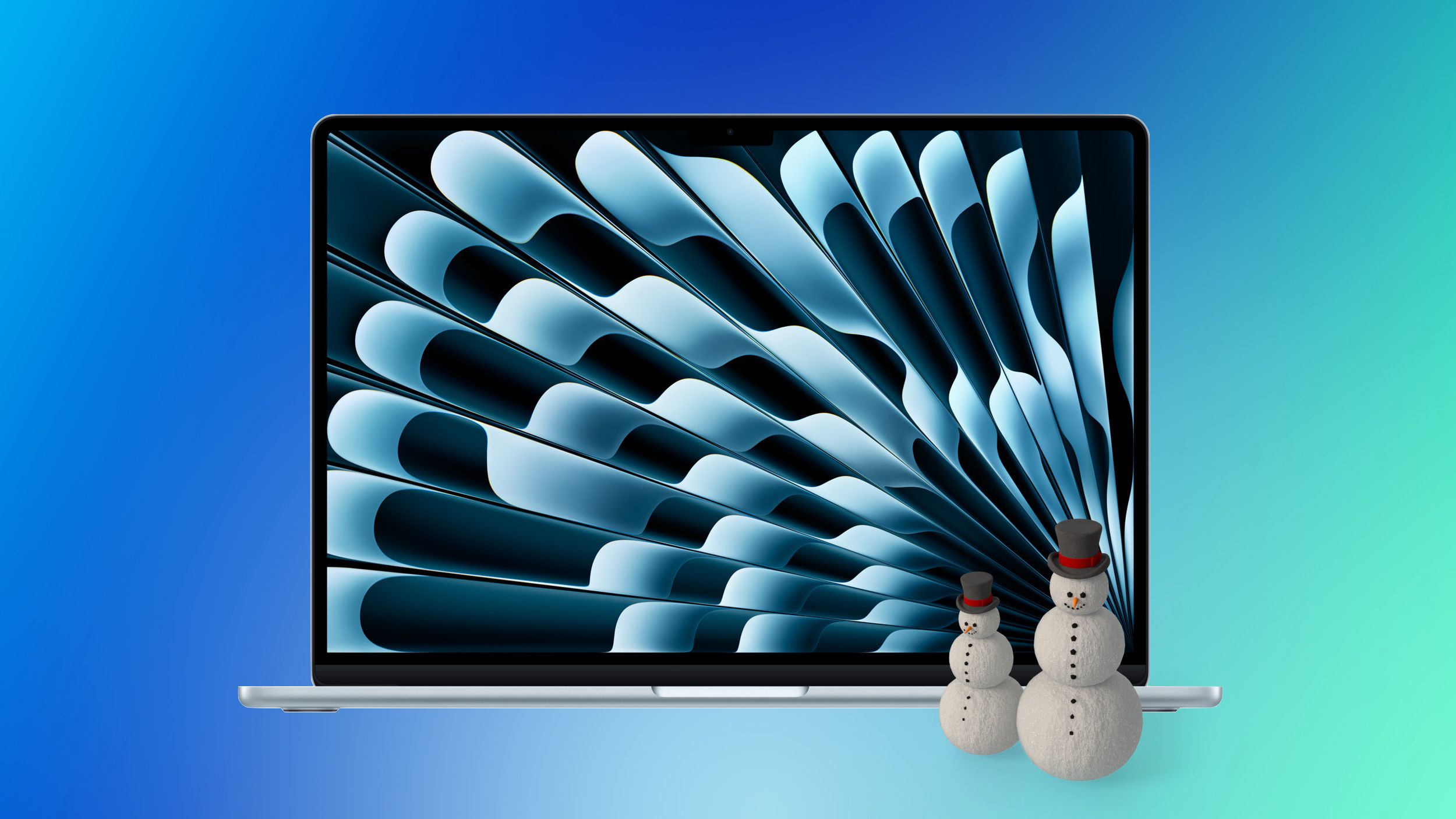A TV is a major purchase for most of us, and preferably you’ll want one that’s going to last for years and keep you happy throughout the entire time you own it. However, technology moves fast, which makes it hard to pick a TV with features that will remain relevant in the long run.
While there’s no such thing as true future-proofing when it comes to tech, there are some things you can look out for when buying a TV today that will keep it relevant for as long as possible.
Get the Right HDR Support
Everyone seems to think that the jump to UHD from FHD was the big contributor to modern picture quality, but it’s actually the introduction of HDR or High Dynamic Range that really upgrades the color and contrast of modern TVs. I’d take a 1080p HDR image over 4K SDR any day of the week, but luckily these days you don’t have to choose.
However, while 4K is 4K, there’s a lot of variability in HDR. For one thing, many TVs that say they are HDR don’t have the contrast and peak brightness to actually produce a proper HDR image, and that’s a key thing to look for in any TV you buy today. Make sure the TV is capable of at least 1000 nits of peak brightness and that the TV supports, at the very least, Full-Array Local Dimming (FALD) to achieve a good enough contrast ratio, unless it’s an OLED, in which case. every pixel is a dimming zone and you’re all good.
The other key part of the puzzle is what HDR format your TV supports. Generally, any HDR TV will support HDR10, which is an open standard any manufacturer can support and is the fallback in most cases when your TV doesn’t support the fancier mode specific content has been mastered in.
Then there’s Dolby Vision, which, in my opinion, should be the one additional standard you should go for if nothing else. It’s a premium proprietary HDR standard that’s widespread and popular. So there’s no lack of content. Sadly, most likely because of its proprietary HDR10+ format, Samsung doesn’t support Dolby Vision in its TVs as of this writing. Which is something I hope will change. This is a legitimate reason to avoid Samsung TVs, but they do make great TVs otherwise, so I leave the choice to you.
Some TVs support both DV and HDR10+, but they’re relatively rare.
At Least Two HDMI 2.1 Ports
The latest cream of the crop when it comes to HDMI is version 2.1, which has enough bandwidth for great features like 4K at 120Hz, Variable Refersh Rate (VRR), Auto Low-Latency Mode (ALLM), and the best color and contrast data streams. It’s also the only practical choice for 8K content, but let’s not talk about 8K.
Many current TVs only offer one of these ports, but I think two should be the minimum you aim for, because you’ll almost certainly have at least two devices that can make use of this, such as a game console and a PC, or future streaming boxes. Higher-end TVs offer four of these ports, which is even better if you can afford them!
120Hz Is the Minimum
I don’t think anyone should be buying a new 60Hz TV today or going ahead. While you may think that 120Hz or higher TVs are only meant for gaming, the truth is that there are plenty of non-gaming reasons to have a high-refresh TV.
For one thing, 24fps content such as a cinematic film, doesn’t have judder on a 120Hz set, because 24 divides equally into 120, while it doesn’t into 60. This is why you see judder on most 60Hz panels when watching movies. Some 60Hz panels have ways of dealing with judder, such as reducing the refresh rate to 48Hz (though this can cause dimness and flicker) or increasing it slightly to 72Hz, though this does overdrive the panel a bit.

- 4K Capabilities
-
HDR, Up to 8K
- Game support
-
PS5, PS4
- Processing Power
-
16.7 TFLOPS, AMD Radeon RDNA-based graphics engine
- Storage
-
Custom 2TB SSD
120Hz TVs solve this issue natively, and they also provide headroom for motion clarity methods such as Black Frame Insertion without the big hit to brightness and stability that a 60Hz panel using the same technique has.
Adaptive Refresh Rate Tech Is Essential for Gamers
The ability to dynamically change the refresh rate of the TV to match the content on screen is one of the best quality of life features for gamers in a long time. When using a console like the PlayStation 5 or Xbox Series X on a TV with adaptive refresh rate support, any drops or fluctuations in frame rate are smoothed out, and you don’t perceive it as stutter.
This might sound similar to V-sync, but because V-sync is locked to a specific refresh rate, it means it’s inherently more laggy than VRR, which lets you see the latest frame at the soonest opportunity.
Don’t Worry About the “Smart” Bits
Virtually all TVs these days are “smart” TVs, which basically means your TV has smartphone cuts inside it and runs apps using an internet connection. This is very convenient if you want just one device, and an all-in-one solution. The problem is that the smart hardware inside the TV will age like milk. Just like a smartphone. The TV will still be useful and work fine as a TV long after the software starts to lag after the updates or the TV no longer receives updates and stops working with the latest apps.
So, don’t worry too much about the smart aspects of the TV when you’re deciding which model to buy. Unless you want to buy a new TV before the useful life of your new one runs out, you’re probably going to end up using a connected device like an Apple TV or game console for your content anyway. So spend more time worrying about features relative to the TV’s picture performance.
Buy One Size Larger Than You Want (Maybe)
This is not universal, blanket advice. Rather, it depends on your context and situation. However, I think you should seriously consider buying a model one size larger than the one you’re considering.
There are a few reasons for this. First, it seems like the average TV size people want is going up over time. So by buying one size larger than you think you’ll need now, you won’t feel pressured to buy a new TV sooner than you have to.
The other reason is that TV costs have shifted, and it seems like we’re moving from 55-inches being the most popular size to 65-inches being more popular. That’s a big jump in screen area, but in most cases not a huge jump in price.
Now, context matters. If you were already looking at a big format TV like a 75-inch or larger, then a step-up could just be too expensive, and frankly impractical. There’s also such a thing as having a TV that’s too big for the room you want to use!
All I’m suggesting is that you look at the big picture (ha!) and consider whether you’re likely to want a larger TV within the next 10 years. If the answer is “yes” and all other things are equal, it’s cheaper to pay for the size upgrade now than buy a whole new TV a few years down the line.
Don’t Buy the Highest-end Models
The first people to buy HD TVs paid a fortune for them, and today you’re still paying a fortune for the best high-end TV technology. Now, it may seem counterintuitive, but I don’t think buying the most advanced TV helps future-proof your purchase. Quite the opposite actually, since early adopters of the newest technology tend to get burned when it comes to price versus performance. They pay the most money for the worst version of that technology.

- Brand
-
Hisense
- Display Resolution
-
4K
First-generation OLED buyers probably had to replace them pretty soon as newer and cheaper models outperformed them by a long shot. So my advice is to buy the best version of mature technologies that have the kinks worked out. Right now, as I write this, technologies like miniLED and OLED are examples of mature display technologies that have reached good mainstream pricing, while RGB LED or tandem OLED TVs like LG G5 are far too expensive, despite the tech being wonderful.
In the end, normal people who don’t work in technology or create content for social media and YouTube hold on to their TVs as long as possible, and probably want to avoid spending a lot of money on TVs every time something new comes onto the market. If you think carefully about your TV purchase today, it will be a long time before you have to think about it again!

















